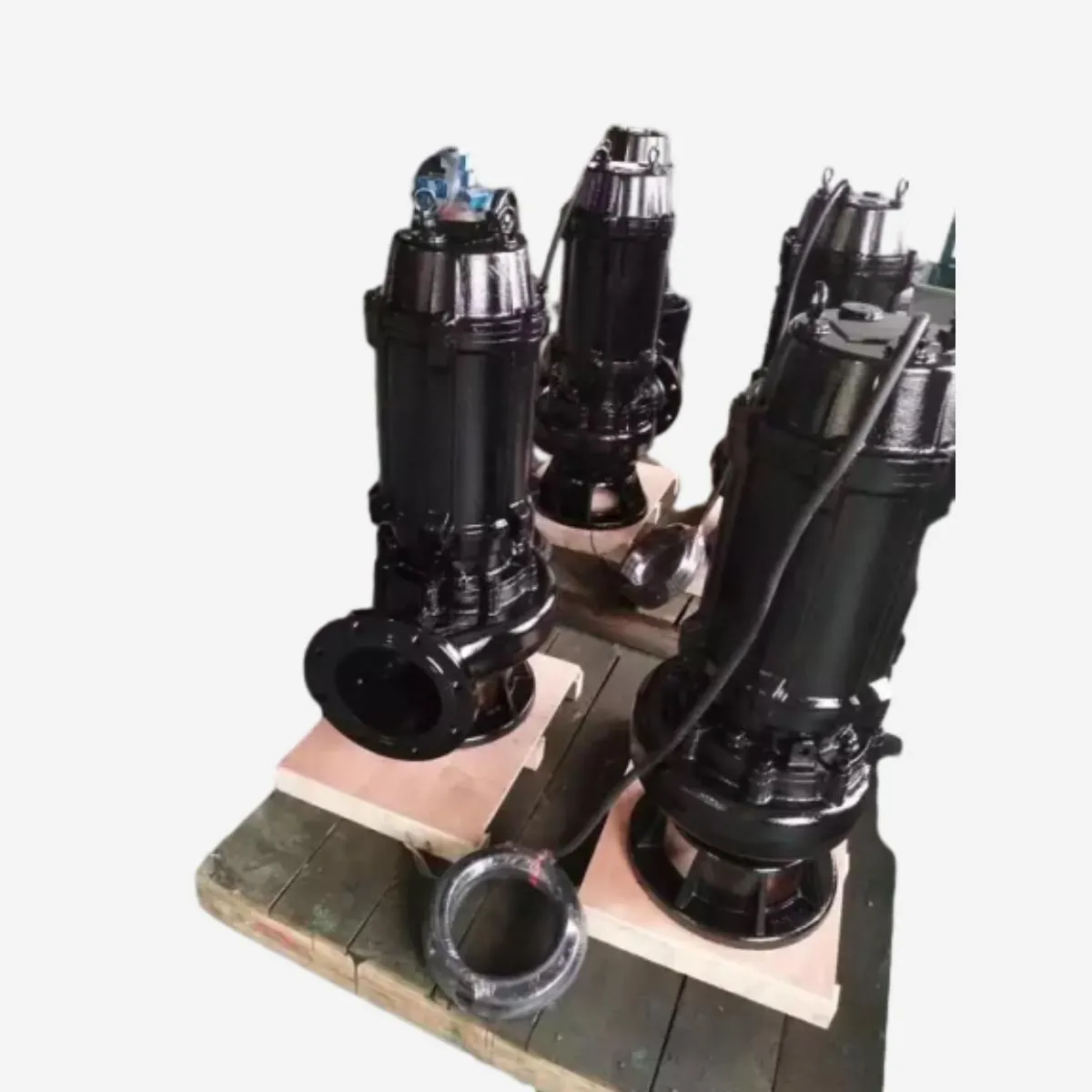Amharic
- Afrikaans
- Albanian
- Amharic
- Arabic
- Armenian
- Azerbaijani
- Basque
- Belarusian
- Bengali
- Bosnian
- Bulgarian
- Catalan
- Cebuano
- Corsican
- Croatian
- Czech
- Danish
- Dutch
- English
- Esperanto
- Estonian
- Finnish
- French
- Frisian
- Galician
- Georgian
- German
- Greek
- Gujarati
- Haitian Creole
- hausa
- hawaiian
- Hebrew
- Hindi
- Miao
- Hungarian
- Icelandic
- igbo
- Indonesian
- irish
- Italian
- Japanese
- Javanese
- Kannada
- kazakh
- Khmer
- Rwandese
- Korean
- Kurdish
- Kyrgyz
- Lao
- Latin
- Latvian
- Lithuanian
- Luxembourgish
- Macedonian
- Malgashi
- Malay
- Malayalam
- Maltese
- Maori
- Marathi
- Mongolian
- Myanmar
- Nepali
- Norwegian
- Norwegian
- Occitan
- Pashto
- Persian
- Polish
- Portuguese
- Punjabi
- Romanian
- Russian
- Samoan
- Scottish Gaelic
- Serbian
- Sesotho
- Shona
- Sindhi
- Sinhala
- Slovak
- Slovenian
- Somali
- Spanish
- Sundanese
- Swahili
- Swedish
- Tagalog
- Tajik
- Tamil
- Tatar
- Telugu
- Thai
- Turkish
- Turkmen
- Ukrainian
- Urdu
- Uighur
- Uzbek
- Vietnamese
- Welsh
- Bantu
- Yiddish
- Yoruba
- Zulu
Telephone: +86 13120555503
Email: frank@cypump.com
ታኅሣ . 03, 2024 22:31 Back to list
Effective Designs for Agricultural Hydraulic Slurry Pumps in Modern Farming Applications
Agricultural Hydraulic Slurry Lap Pumps An Overview
In the world of agriculture, efficient water management and soil health are crucial for sustainable farming practices. One of the pivotal technologies that support these needs is the hydraulic slurry lap pump. These pumps are specifically designed to handle slurry—which is a mixture of water and solids, including fertilizers, manure, and other organic or inorganic materials. This article delves into the design, functionality, and advantages of agricultural hydraulic slurry lap pumps.
Design and Functionality
Hydraulic slurry lap pumps operate on the principle of hydraulic power to move slurry through piping systems. The design of these pumps typically includes a robust construction that ensures longevity and reliability. Key components include the pump body, impeller, hydraulic motor, and outlet. The impeller plays a critical role in creating the necessary suction and pressure to transport the slurry.
What sets hydraulic slurry lap pumps apart is their capability to manage a variety of solid particles suspended in the liquid. These pumps can efficiently handle thick, viscous slurries that traditional pumps struggle with. The utilization of hydraulic systems allows for high flow rates and powerful suction, making it easier to transport slurry over long distances or to higher elevations, which is often required in agricultural applications.
Advantages in Agriculture
1. Efficient Nutrient Management Slurry application is an effective way of fertilizing crops. By using hydraulic slurry lap pumps, farmers can efficiently distribute nutrient-rich slurry directly to the fields, ensuring optimal nutrient absorption. This is particularly important for crops that require regular feeding.
agricultural hydraulic slurry lap pumps

2. Versatility These pumps are not just limited to moving manure; they can handle various types of slurry, including waste from food processing and other organic materials. This versatility facilitates the recycling of agricultural waste, turning it into a valuable resource.
3. Cost-Effectiveness Investing in hydraulic slurry lap pumps can result in significant cost savings over time. They reduce the need for chemical fertilizers and can minimize labor costs associated with manual slurry movement and application.
4. Environmental Benefits By utilizing slurry as a fertilizer, farms can decrease their reliance on synthetic fertilizer, promoting more environmentally sustainable practices. Effective slurry management also reduces the risk of run-off, which can lead to water pollution.
5. Ease of Use and Maintenance Modern hydraulic slurry lap pumps are designed with user-friendliness in mind. They often come with features that facilitate easy operation and maintenance, ensuring that farmers can focus more on crop management rather than equipment issues.
Conclusion
Agricultural hydraulic slurry lap pumps represent a significant advancement in the management and application of slurry in farming. Their robust design and efficient operation make them indispensable for modern agricultural practices. By enabling effective nutrient distribution and promoting sustainable waste management, these pumps play a vital role in enhancing agricultural productivity while minimizing environmental impact. As the agricultural sector continues to evolve, the adoption of such innovative technologies will be crucial in meeting the food demands of an ever-growing population. With the right investment in hydraulic slurry lap pumps, farmers can ensure a healthier, more sustainable future for their fields and the global community.
-
ISG Series Pipeline Pump - Chi Yuan Pumps | Energy Efficiency&Compact Design
NewsAug.03,2025
-
ISG Series Vertical Pipeline Pump - Chi Yuan Pumps Co., LTD.|High Efficiency, Low Noise, Durable
NewsAug.02,2025
-
ISG Series Vertical Pipeline Pump - Chi Yuan Pumps | High Efficiency, Low Noise
NewsAug.02,2025
-
ISG Series Vertical Pipeline Pump- Chi Yuan Pumps Co., LTD.|High Efficiency&Compact Design
NewsAug.02,2025
-
Heavy-Duty Mining Sludge Pumps - Wear-Resistant Slurry Handling
NewsAug.02,2025
-
Horizontal Split Case Pump with GPT-4 Turbo | High Efficiency
NewsAug.01,2025










